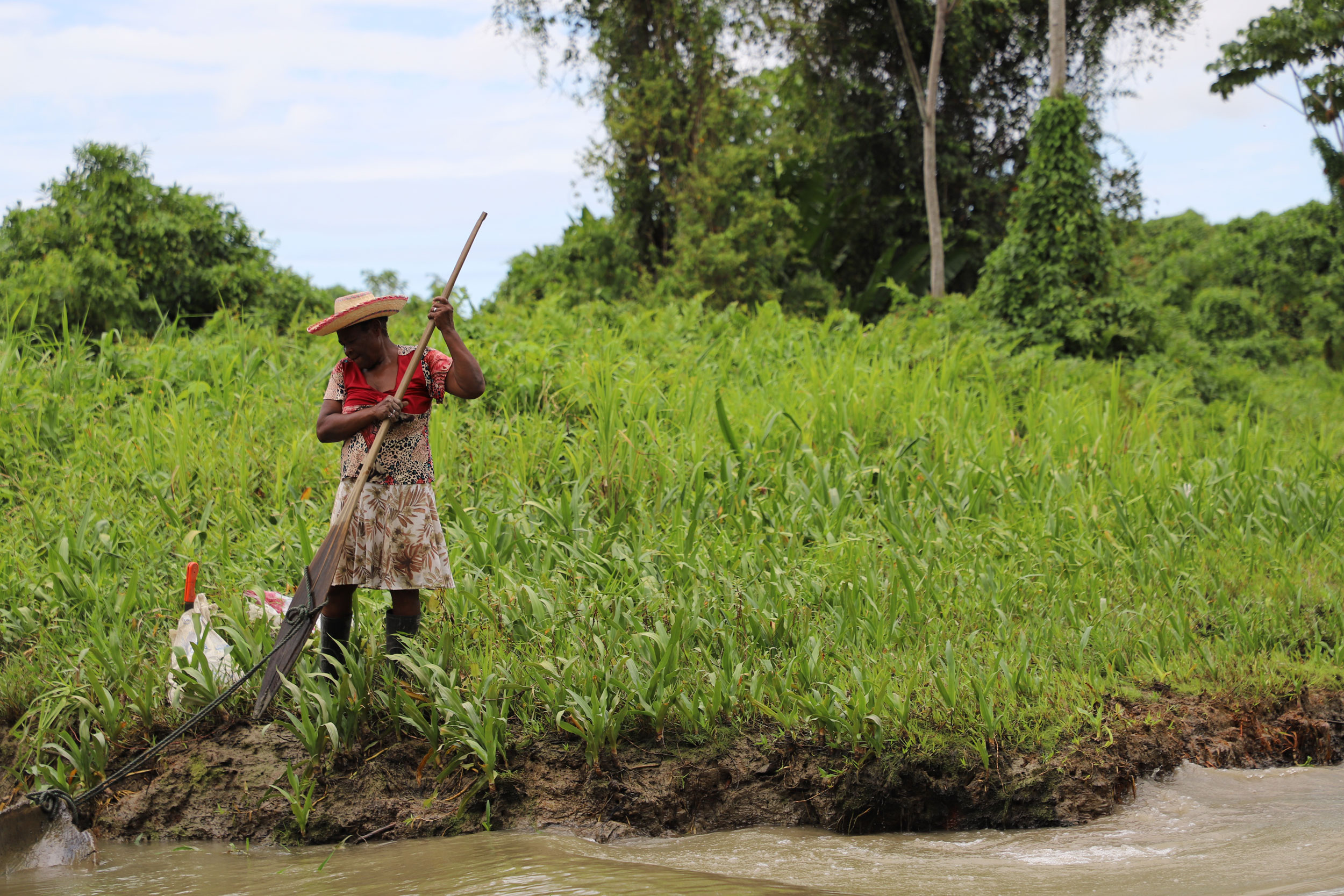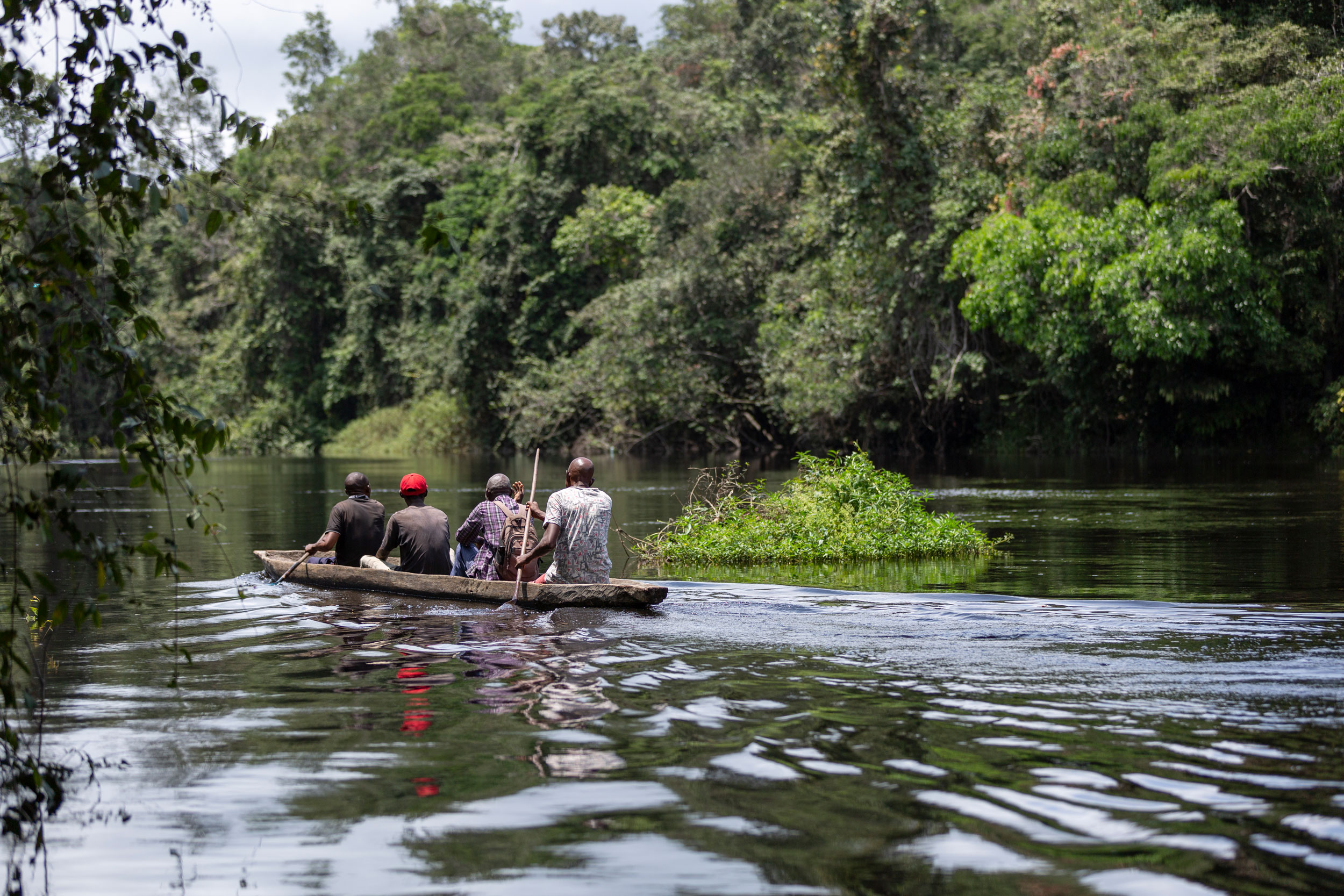




The Land Rights Standard is a set of 10 Principles that apply existing international legal frameworks and best practices to guide landscape-level actions and investments while recognizing and respecting Indigenous Peoples’, local communities’, Afro-descendant Peoples’, women’s, and youth’s land, territorial, and resource rights.
Developed through a rightsholder-driven process by the Rights and Resources Initiative, the Global Landscapes Forum, and the Indigenous Peoples Major Group for Sustainable Development, the Land Rights Standard enables innovative solutions to global problems while putting the rights of communities at the center alongside nature.
Endorsing and adhering to the Principles ensures projects and initiatives tied to landscape restoration, management, conservation, climate action, and development are undertaken in equal partnership with rightsholders.
There is growing interest and action to restore and conserve the world’s forests, landscapes, and natural resources, and a recognition that this must be done in a manner that recognizes and respects the land, territorial, and resource rights of Indigenous Peoples, local communities, Afro-descendant Peoples, and the women and youth within these groups. A wide range of social and environmental frameworks, standards, and certification systems have been developed, with many organizations setting up their own systems and commitments.
But efforts to date have largely been uncoordinated and lack a common set of globally recognized principles grounded in international human rights law developed in consultation with rightsholders themselves. This creates the risk of confusion and potential weakening of aspirational goals that can trigger a race to the top. As a rightsholder-led initiative, the Land Rights Standard fills this gap.

